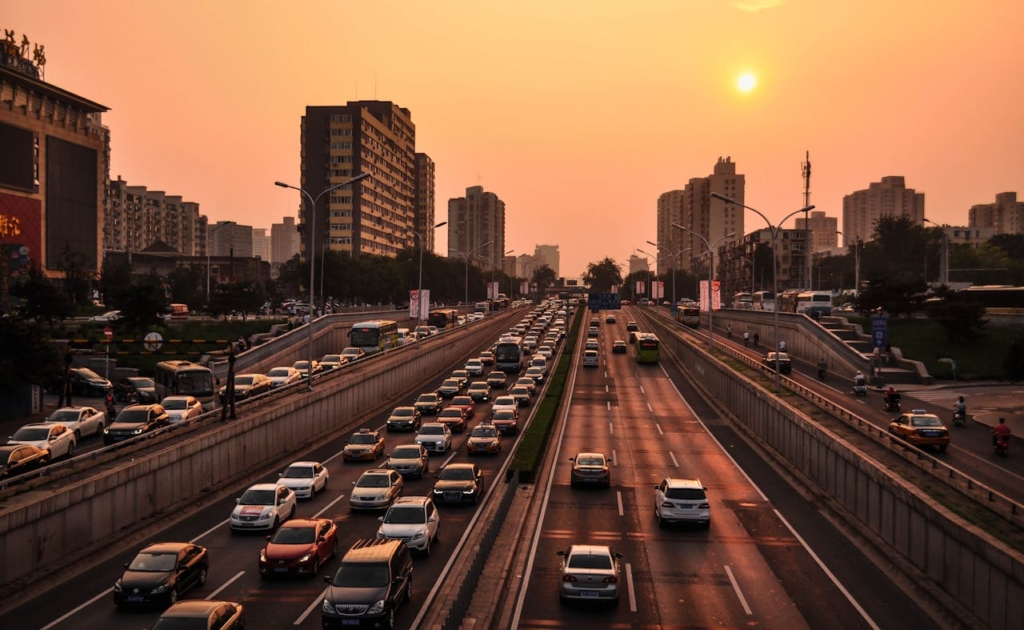In a smart city, you are not stuck in traffic. Thanks to modern technologies, such cities can monitor and control traffic flows in real time, reducing congestion, increasing safety and minimizing environmental impact. A study by Juniper Research shows that intelligent traffic management systems could save cities 277 billion dollars by 2025, mainly through reduced emissions and less congestion.

Albany relies on intelligent transportation systems
The Capital District Transportation Authority (CDTA) is actively enhancing transit efficiency in Albany, New York, by integrating advanced traffic management systems. These systems utilize dynamic traffic control solutions that are informed by real-time data. This innovative approach aims to optimize traffic flows and tailor public transportation services to meet the immediate and evolving needs of commuters. By aligning transit operations more closely with passenger demands, CDTA is working to improve the overall efficiency and responsiveness of its network, ensuring that public transportation remains a viable and effective option for city residents.
Advanced traffic control strategies
At the heart of this initiative are adaptive traffic light systems that can intelligently analyze and control traffic flows. These systems automatically adjust the traffic light phases to the actual traffic volume, which leads to smoother traffic flow and minimizes congestion. In addition, apps are used to provide commuters with live updates on bus and train times. These apps not only provide timetables, but also information about delays or alternative routes in real time.
Singapore – pioneer of smart cities
Singapore has long been regarded as a leader when it comes to smart cities. The city state introduced electronic road pricing back in 1998 and was the first country in the world to appoint a Minister for Smart Nation in 2014. In 2018, Singapore invested an impressive 12 billion dollars in the development of a smart infrastructure.
Intelligent transportation systems in action
These investments have laid the foundation for a sophisticated Intelligent Transportation System (ITS) that uses real-time traffic information. This data is not only used internally but also shared with other road users, making Singapore one of the least congested metropolitan areas in the world.
A key element in Singapore’s transportation technology is the integration of Vehicle-to-Everything (V2X) communication. This technology enables vehicles to communicate not only with other vehicles, but also with traffic infrastructure such as traffic lights and road signs. As a result, drivers can be informed in real time about upcoming traffic obstructions, hazards on the road or information about pedestrians. This type of communication not only significantly improves road safety by helping to prevent accidents that could be caused by human error, but also optimizes traffic flow.
Charlotte, North Carolina – Focus on sustainability
Charlotte, North Carolina, provides an impressive example of the use of traffic monitoring systems to improve sustainability and air quality. As one of the fastest growing cities in the US, Charlotte has recognized that effective traffic control can not only reduce congestion, but also make a significant contribution to environmental protection.
Traffic monitoring as a tool for air pollution control
The city uses traffic monitoring systems not only to control traffic flow, but also to monitor and analyze air quality. By using traffic cameras and sensors to collect data on the movements and types of vehicles, city authorities can identify exactly which areas have high emission levels. This data enables the city to take targeted measures to keep the air clean, for example by introducing traffic detour in particularly polluted areas or promoting low-emission vehicles.
By analyzing the traffic camera images, Charlotte can determine at which times of day and in which areas certain types of vehicles are more prevalent. Heavy traffic such as trucks, which generally emit more pollutants, can thus be controlled more effectively. This precise data helps the city to implement dynamic traffic regulations that not only improve traffic flow, but also significantly improve air quality.










